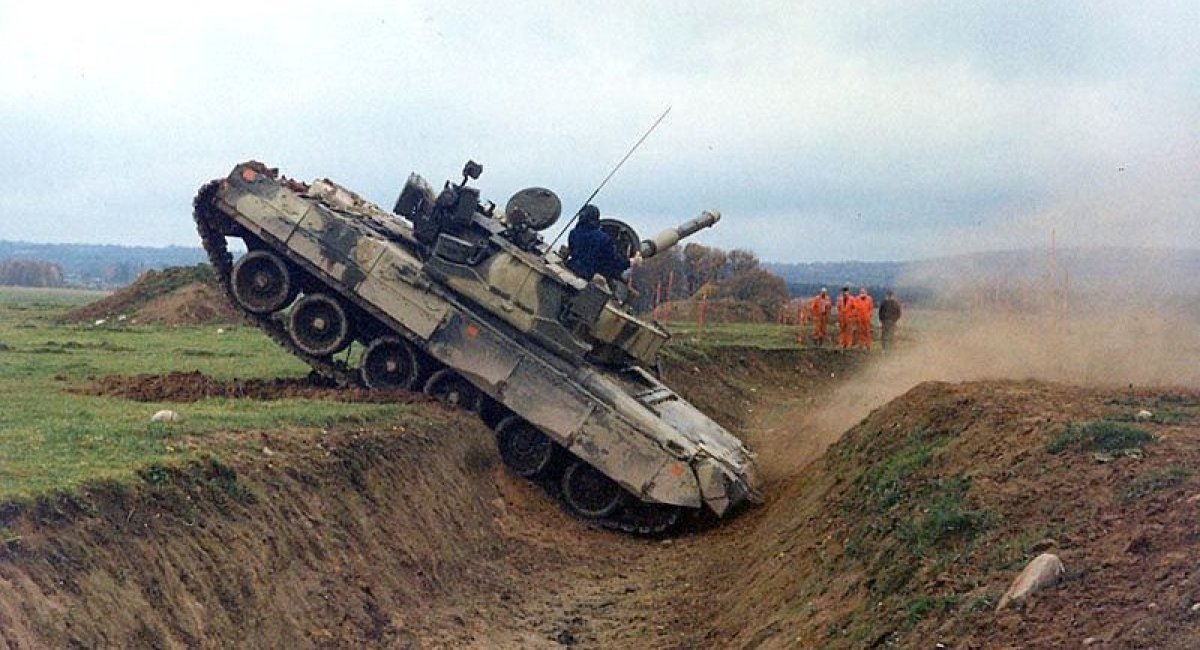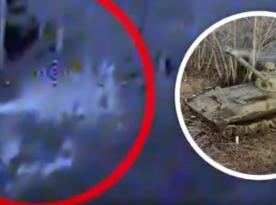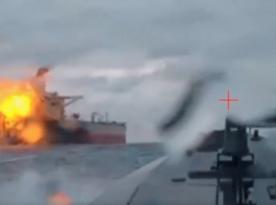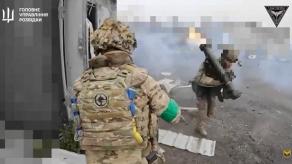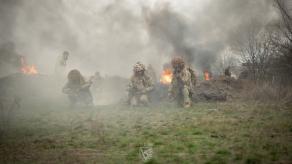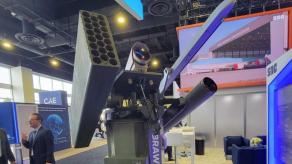Openly available edition of the "Svenskt Pansar" book (SMB, 2009) tells us an interesting story. In the early 1990s, Sweden rana series of tests for Soviet equipment, in particular the BMP-1 infantry vehicle, T-72M1 and T-80U tanks as it was decided whether they should by a replacement for their famous tanks without turrets, the Strv 103 armed with 105mm guns, and the Strv121 with 76mm guns (Swedish name for the Centurion created back in 1945).
At that time no one needed the huge arsenals of the former Warsaw Pact anymore: in East Germany alone, there were 10,000 "redundant" vehicles and artillery pieces, therefore buying something new for a discount seemed like a good idea. Though before purchasing, Sweden had to run tests, and so they began.
Read more: russians Installing ERA-Protected Cope Cages On Tanks
For starters, in autumn 1991, Sweden bought five MT-LBs and five T-72M1 from Germany. In the case of the MT-LB multipurpose armored vehicle, the conclusion was fast and simple – the Swedish Army was satisfied with its mobility, and they ordered a few hundred more. These vehicles received the designation Pbv 401 and remained in service until the 2010s.
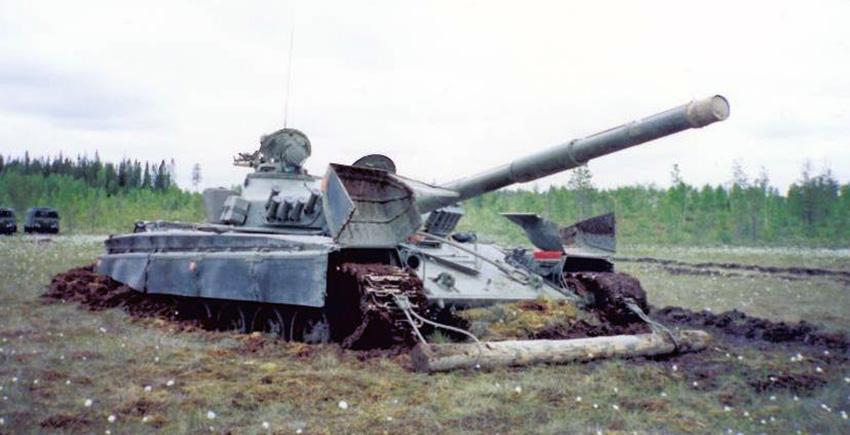
As for the T-72M1 main battle tank, the Swedish military said, "this vehicle exceeded its reputation in the West" (that is, as for the 1990s). However, they noted this tank was only suitable for offensive operations, and had comparatively poor ergonomics in the face of Western tanks, so the idea to procure T-72M1 for its mechanized infantry units was abandoned.
Notably, in 1994, the Swedish military chose to buy 400 BMP-1 vehicles to use as "armored taxis" for infantry. This unusual decision was made after tests showed the standard gun of BMP-1 was not powerful enough for the Swedish standard, and considering the conditions these vehicles were kept in, shooting from them was downright dangerous.
The issues with BMP-1 were entrusted to the Czech VOP 26 company to deal with. The modernization named Pbv 501 was applied to 350 vehicles by 1998, but already in 2000, the Försvarsmakten decommissioned all of these combat vehicles. Worth noting, that was not the end of the story for these IFVs: in April 2022, with Germany's approval, Czechia sent 56 PbV 501s to Ukraine.
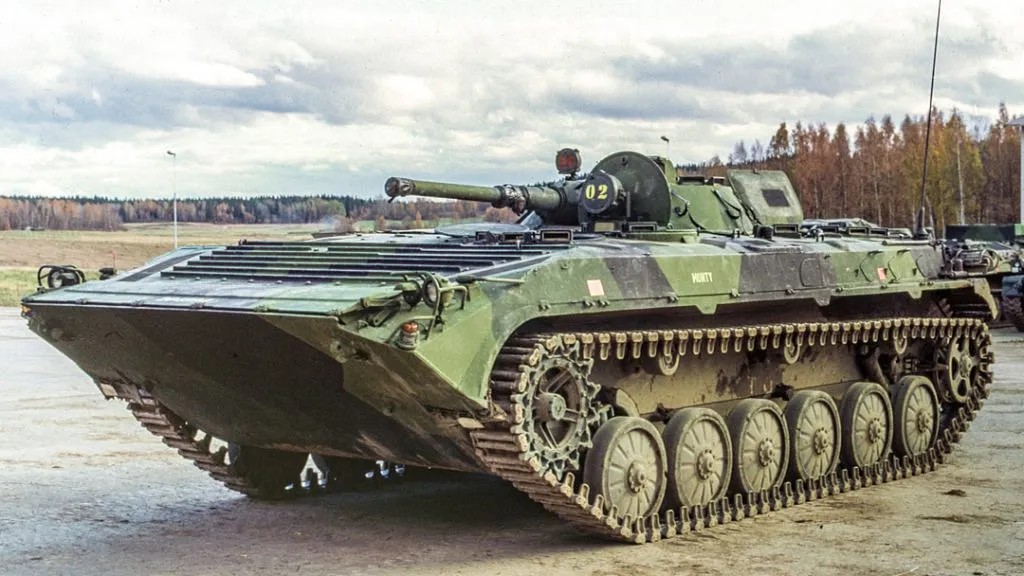
The question of the main battle tank for the Swedish Armed Forces remained open though. In 1992, Swedish officials decided they would choose new MBT for their tank units among the Leopard 2, M1A2 Abrams, and French Leclerc, while for mechanized units they came up with the idea of buying T-80U from russia.
Sweden received T-80U for tests and ran them from October 1993 to January 1994. compared to the mentioned Strv 103 and Strv 101, russian T-80U had better mobility and reportedly had not failed even once over these three months of testing.
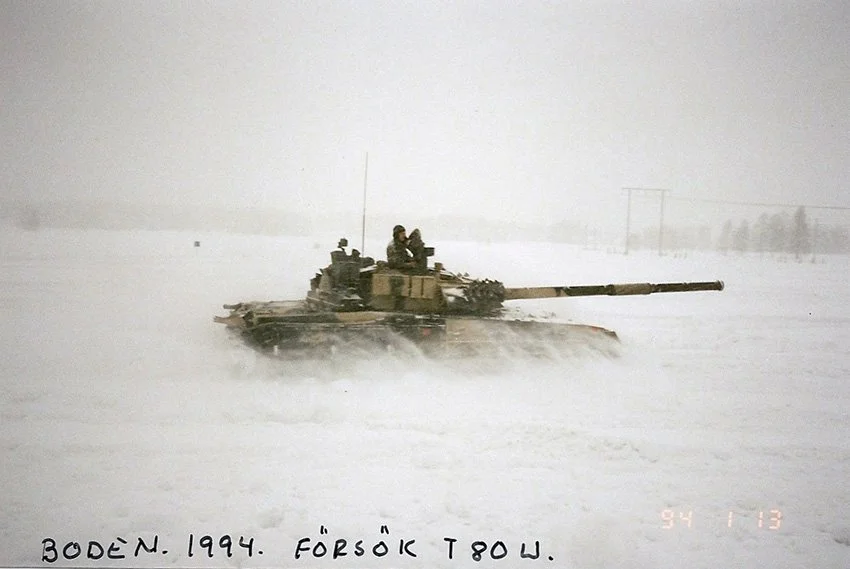
But in terms of firepower, it turned out that the 125mm gun of this tank was superior to neither the 105mm nor the 76mm cannons of the already available Swedish tanks. Besides, the flaws of the on-board equipment made it poorly adapted for operation at night.
Provided all that, in January 1994 Swedish government concluded that the mechanized units would receive used Leopard 2A4 which proved to be evidently better than the tank of Soviet design.
This episode is documentary evidence that due to the technological gap, Soviet-type tanks, even produced in the modern era, still proved inferior to their Western counterparts.
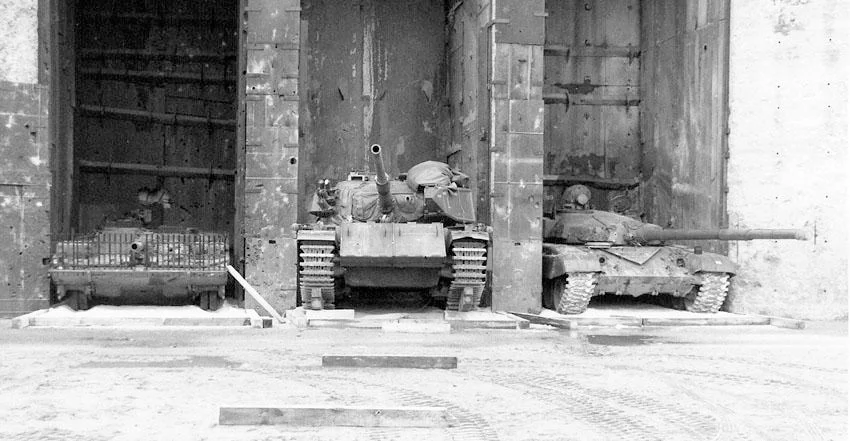
Read more: Romania Has Already Seen a Real T-55 vs T-72 Duel, the Outcome Surprised Everyone




